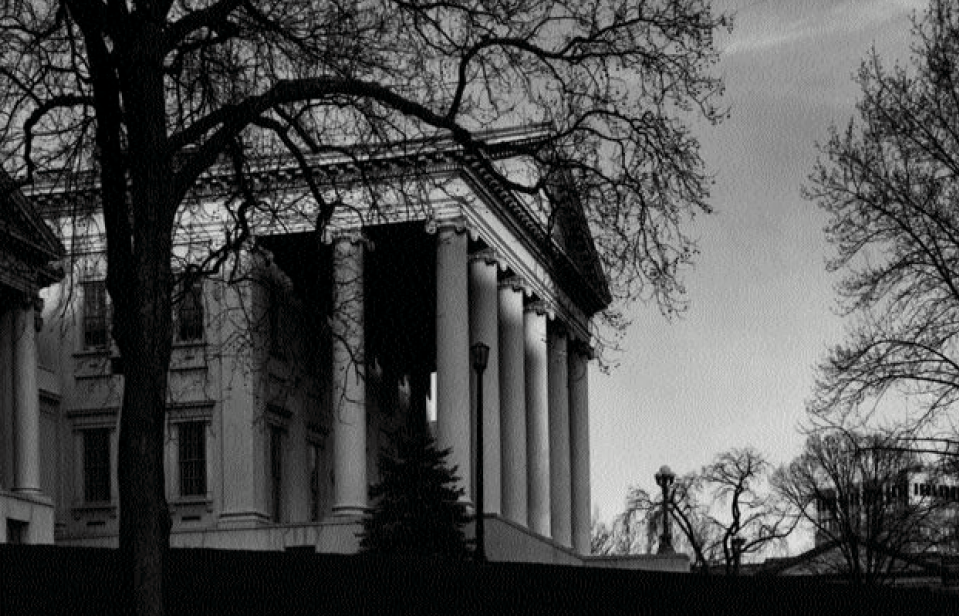Virginia State Capitol (1785-92). Capitol Square, between 9th and Governor streets Richmond, Virginia
Thomas Jefferson’s Virginia State Capitol introduced Classical architecture to the budding nation. The country never recovered. This extraordinary statesman/architect, who honed his architectural wits while in Europe as the United States Minister to France (1784-89), despised the Georgian—its British derivation obviously influenced his post-Revolution taste—and considered the Christopher Wren-designed building at William and Mary an uncouth “brick kiln” and the facades of Independence Hall “puny.”
He turned more and more to the Roman Classical and its Palladian interpretations for his inspiration. Though Jefferson never visited Rome or Greece, one wonders what would have happened to the architecture of this country if he had studied great Classical buildings at first hand, instead of via books. The Maison Carree in Nimes in the south of France was the only major Roman temple he ever saw, though he traveled as far as Genoa to study rice cultivation.

Thomas Jefferson, architect
In any event, Jefferson was the first architect anywhere to fit a major workaday building into a Classically derived temple form—though not without difficulties. It was also the first building to include both houses of the legislature in a single structure. In this he was influenced by Charles-Louis Clerisseau, the architect who, interestingly enough, also influenced Scotland’s famous Adam brothers, Robert and James.
The temple at Nimes might have been the inspiration for the Richmond capitol, but it was not altogether the model, for the latter was far larger, with Ionic capitals instead of more elaborate Corinthian, and unfluted columns instead of fluted. Neither does the Capitol have pseudo-peripteral, attached columns like those that embrace the side of Nimes, nor (originally) steps up the front like its Roman model. To quote the Virginia Historic Landmarks Commission, “It might also be noted that Jefferson intended that the building have front steps, they are shown in his drawing and model. Jefferson did not supervise the construction, and apparently the contractor took the liberty of leaving off the steps because the portico door led directly into the Supreme Court chamber. Only when that space was partitioned off to make a central corridor were the front steps finally erected.”
The capitol was, however, an extremely important and influential building, a pioneer in the evolution of architecture in this country, even if aesthetically not comparable to Jefferson’s brilliant University of Virginia (see page 163) or his piquant Monticello (see page 110). It should also be borne in mind that only the central part of the building we see today belongs to Jefferson, for the two wings housing the Senate (west) and the House of Delegates (east) were added at the early part of this century (1904-06), and the south portico transformed to the main entrance, its steps installed and the intrusive pediment windows removed (see the plaster model of the original).
Minor remodeling occurred in 1962-63. The interiors, because of the changes, are handsome but not completely harmonious. Note Jean-Antoine Houdon’s famous statue of George Washington in the domed entry hall. The stately siting of the capitol, its landscaping, and even its fence (1819) are all excellent.
Date added: 2025-08-01; views: 190;
